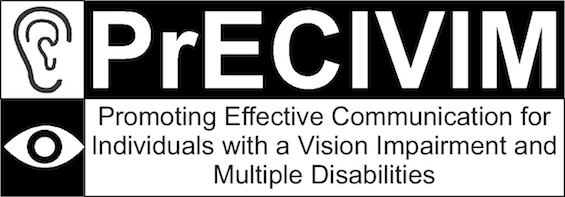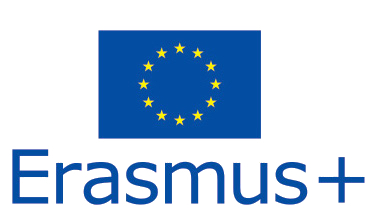During the past three decades, there has been a dramatic increase in the number of persons with visual impairments and multiple disabilities (MDVI) within the general population of persons with visual impairments. Measures of the number of children with MDVI vary between 30% and 70% within the population of persons with visual impairments (http://www.euroblind.org/media/ebu-media/additional-disabilities.pdf, http://www.who.int/blindness/data_maps/en/). People with MDVI constitutes a distinct and heterogeneous group with a unique set of needs, mainly because the combination and severity of the disabilities in each individual varies (Holbrook & Koening, 2000). In addition to the visual impairment, a child may have additional cognitive, developmental, hearing, or mobility impairments (Hatton et. al., 1997).
The current project acknowledges the need to train teachers regarding how to assess and teach communication skills to children with MDVI. Communication is fundamental in learning, acceptance by peers and meaningful participation in the home and community. Assessing communicative skills in children with MDVI is a challenge. A range of subskills need to be assessed, such as receptive, expressive skills, sensory and motor skills related to communication, collaboration with families is required, conducting structured and unstructured observations are important and also requesting evaluations by specialists are necessary. The accurate assessment of communication, however, will enable teachers to set realistic goals, develop appropriate learning exercises and address the educational needs of children with MDVI (Rowland, 2009).
PrECIVIM bridges assessment and intervention and underlines the need of assessment for the development of individualized educational approaches (expressive and receptive communication modes, adapted materials, assistive technologies, instructional strategies, multisensory approaches) which would promote the development of communication skills of students with MDVI (Bruce, Janssen & Bashinski, 2016; Ferrell, Bruce & Luckner, 2014). Through the assessment of the communication skills, the teachers will have information and directions in the planning and adaptation of the educational material and play activities, since playing also consists of a fundamental key component of communication as well as other skills (Pizzo & Bruce, 2010).
Hence, the proposed project aims to address the following objectives:
- to develop a screening inventory of the communicative profile of MDVI students.
- to create communicative, learning, and social opportunities for students with MDVI.
- to promote the collaboration between universities, schools and associations of individuals with visual impairments and multiple disabilities.
- to point out the best practices and guidelines for the development of effective communication regarding students with MDVI enhancing their acceptance and promoting their inclusion from a broader social context.
Ten organisations are included in PrECIVIM project and will share their knowledge and experience to address the above objectives (i.e. universities, special educational settings-schools with MDVI, associations of students with MDVI, and IT company and one NGO) which protect their rights and aim to ensure equal participation for individuals with MDVI.


